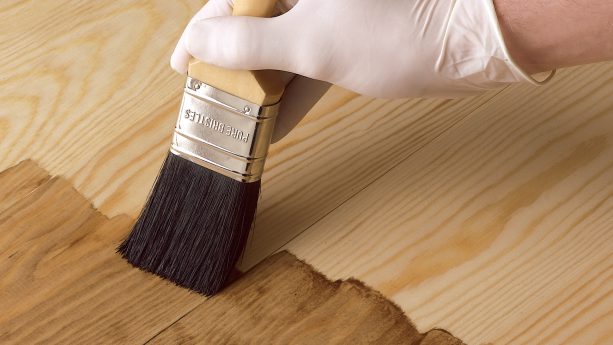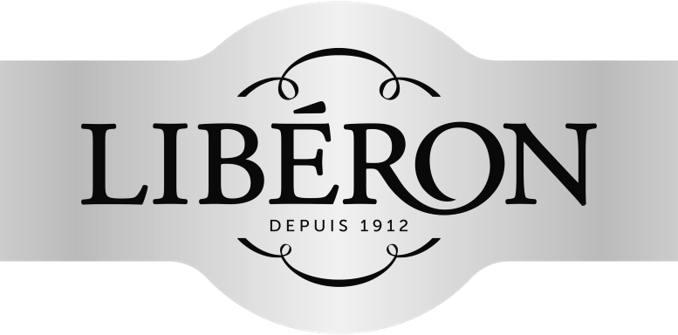Wood Preparation Tutorial

Hello, today Libéron is going to show you how to correctly prepare wood prior to protecting it against daily wear and tear in the home.
Preparation is the key to success so by following these simple steps many problems can be avoided later on.
With any wood the first task is to make sure it is clean, dry and free from any previous finishes. The best method to assure this is to sand the surface back to bare wood. For smaller areas use a simple sanding block and a suitable grade of sandpaper. For larger areas the use of a sanding machine will save time and a stiff back.
When sanding, either by hand or machine, it is important to follow the direction of the wood grain. If you don’t, you may leave obvious scratches on the surface of the wood which could show through the finish. Sanding any surface will create a lot of dust. It’s vital to remove this as any dust left behind may contaminate the finishing product and look unsightly.
To remove the dust, use a Libéron Tack Cloth. This sticky cloth attracts all kinds of dust and fibres left behind after sanding removing them easily and quickly. For some finishes it’s not necessary to sand back the wood. For example, some furniture may have a wax finish that needs to be removed.
This can easily be done by soaking an Ultra Fine Steel Wool (Grade 0000) in Libéron Wax & Polish Remover and wiping over the surface to soften the old wax. Then wipe away the old polish with a clean cotton cloth and allow to dry. For large areas such as floors this can be done using Floor Cleaner following the same process.
Alternatively, if you have a paint or varnish finish that you wish to remove use Libéron Fine Wood Stripper. This product gently removes paint and varnish without damaging the wood underneath. Apply the product liberally and leave for half an hour to work then scrape off the surface with a plastic scraper or Steel Wool for carved areas. Then neutralise with Wax and Polish Remover.
Once the wood is clean, dry and dust free you can fill any holes, cracks or gaps with Libéron Wood Filler. Smooth the filler into the hole or gap and when dry it can be sanded smooth and the dust removed with a Tack Cloth.
The final step, if required, is to de-grease the wood with methylated spirits applied with a cotton cloth. This will remove any natural oils that are still in the wood and that could cause adhesion problems later on. This is especially important with hardwoods which are naturally oily.
Once this step is complete the wood is ready for refinishing with your choice of oil, wax, varnish or French polish.
